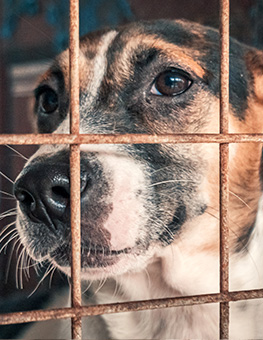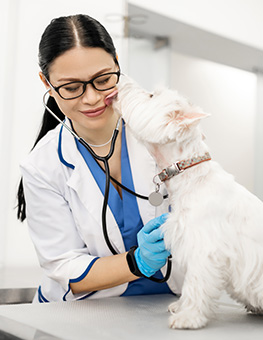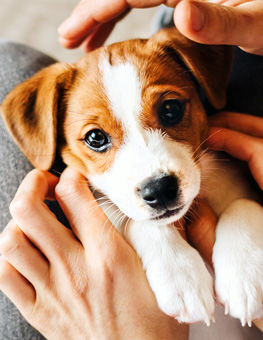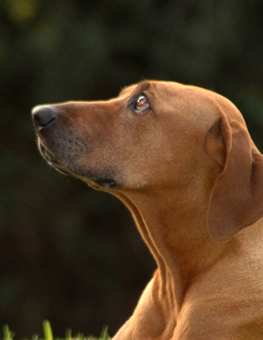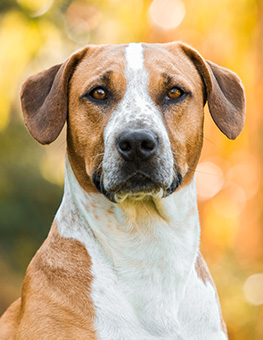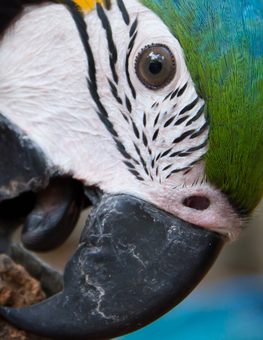Exercise for Weight Loss
Obesity is the most common nutrition-related health problem for dogs.
Like humans, overweight dogs are at risk to develop chronic health problems, including arthritis, injury, heat stroke, complications during surgery and a shortened life span. Quality of life is another very important issue; if your pet becomes too heavy she can have difficulty walking and may even struggle for breath.
Before you take your dog on your daily jog, first talk to your veterinarian to make sure your dog is physically able to run for long distances, as some breeds are not built for this kind of activity. It is also important that your dog is already fit and close to her ideal weight.
Gauging your dog's weight
To determine your dog's weight, experts recommend the following methods:
- View your dog from above. She should have an hourglass figure, with her waist thinner than her ribcage area. If you don’t see a narrowing behind her ribcage, she is carrying too much weight.
- Look at your dog from the side and look for a "tuck up" behind her ribcage at her waist. If her abdomen hangs down without any defined waistline, she is overweight.
- Feel your dog's ribcage. You should be able to feel her ribs easily with your fingertips. If you feel a thick layer of fat over her ribs, she weighs more than she should.
- If you aren't sure about your dog’s weight, take her to your vet for an examination. Your vet can tell you once and for all if your dog needs to go on a diet.
Getting in shape
If your veterinarian determines that your dog is overweight and out of shape, it's time to embark on a diet and exercise regimen. First, ask your vet for a complete check up to make certain your pet is healthy enough to undergo a diet change and adopt a new exercise routine. Your vet will most likely run a blood test, listen to your dog's heart and lungs, and palpate his internal organs.
Once your dog has been given a clean bill of health, follow these guidelines to help him lose weight:
- Diet. Feed him a prescription weight-loss diet, recommended by your vet. Your dog needs to get a jump-start on losing weight and a low-calorie prescription diet will set him on the right track.
- Weight loss. Start building your dog's fitness level after she has lost some excess weight. If your dog is very heavy, she will need to take off a few pounds before you can safely increase her exercise.
- Exercise. Plan a daily exercise routine for your dog. If your dog has been living a very sedate lifestyle, start slowly with a walk around the block each day, gradually increasing the distance every week.
- Playtime. Increase your playtime with your dog. If your pooch enjoys chasing a ball or retrieving sticks from a lake or the ocean, give her more opportunities to enjoy herself. The extra exercise will increase her fitness level and improve her mindset.
Monitor your dog's weight closely with the help of your veterinarian. Once your dog reaches her ideal weight, your vet will probably recommend changing your dog’s diet and/or quantity of food to help maintain her new, fit and trim self.



